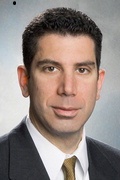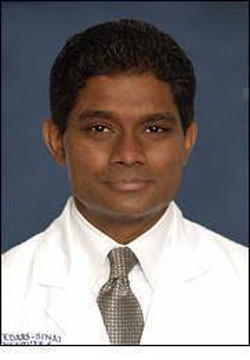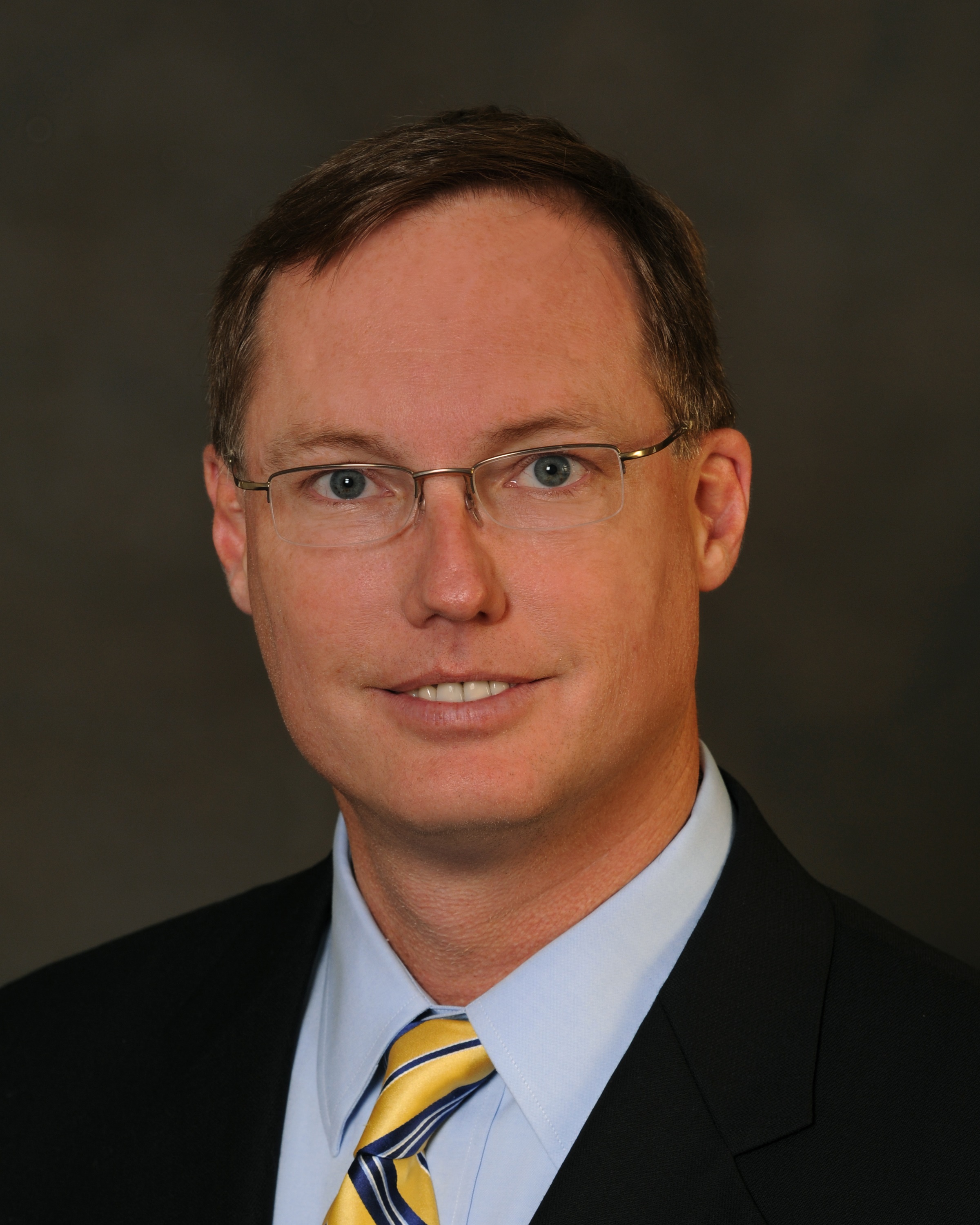Christopher Bono, MD, North American Spine Society president and chief of spine service at Boston-based Brigham and Women's Hospital; Need Anand, MD, clinical professor of surgery and director of spine trauma at Cedars-Sinai Spine Center in Los Angeles; and Fred Sweet, MD, of Rockford (Ill.) Spine Center, discuss surprises, challenges and trends in the spine industry.
Question: What was the biggest surprise of 2016?
Dr. Christopher Bono: As a spine surgeon, the biggest challenge is dealing with the looming MACRA and MIPS issues; we really don't know what to do. What's giving a lot of spine surgeons a lot of unease is how it's going to affect day-to-day practice and reimbursement.
Dr. Neel Anand: Reimbursement is going down consistently with innovation almost at a standstill right now. Innovation is almost at a standstill right now. I think the whole healthcare fiasco with premiums that have gone up, insurance companies are really not covering surgeries, the amount of calls we need to make to get tests or surgeries approved — it is not right.
Dr. Fred Sweet: There weren't any big surprises, it just was fears realized. That would have to do with the number of people that have high deductibles that are deciding not to get care because they can't afford it. Also, the number of people who are still uninsured and the number of people who have been lateralized to state-aided programs that are not accepted in most places so they still can't get care.
Q: What was the biggest challenge you've faced so far in 2016?
FS: What I see is more and more physicians are becoming employed, and there is now a service allegiance to the employer and not necessarily to the patient. When most physicians were independent, the customer they were serving was actually the patient.
As insurance companies are struggling to be financially solvent, they're not going to be able to maintain the same levels of reimbursement. All the reimbursement levels will come to Medicare or less, and reimbursement will function as a single-payer system.
NA: The numbers and metrics seem to be more important than the actual quality of how a patient does, especially in spine, because spine is not a very finite field. Spine has so many variables and those variables are truly not being taken into account when you look at outcomes of patients.
CB: I think the ongoing issue continues to be the approval process and pre-authorization for surgery.
Q: Is 2017 going to hold its own challenges? What is to come that differs from 2016?
CB: I think what's going to happen in 2017 to 2018, the centers that will be using the MIPS pathway, they're not necessarily going to have to change what they're doing. APM pathway [centers] are going to have a different set of challenges.
We are not going to care as much about whether the insurance company says yes or no for the procedure, because they will give a lump sum of money for the episode of care and it will be up to the care entity to determine how to appropriate the money. We won't be fighting with insurance companies anymore; we will be fighting internally and with each other.
FS: Spine implants, because one of the largest costs of surgical procedures is actually the implants. The implant manufacturers are going to have to shift…they are still trying to cater to surgeons' desire to have the latest device, but all of that stuff is expensive.
Surgeons will have to do more preop planning, work with what they have available as they implants become more restricted. The cost of implants is going to have to come way down if we are going to continue the spine surgery we're doing.
Q: How do you see the spine industry evolving in the next five years?
FS: While we are trending to ACOs and payments made to hospitals, surgeons are going to be more limited in the types of surgeries they do, the implants they use. I think high-level innovative and complex surgeries will be less accessible. The positive aspect is there will be less incentive for poorly indicated or financially motivated surgeries that have helped get us into this mess. Big data analysis may help improve surgical indications, but the patients that don't fit the algorithm will be struggling to get the care they need.
NA: We have to do really well with clinical metrics to define ourselves as what we do. A patient with only back pain is very different than a patient with back pain and leg pain. It makes a tremendous difference and we need to focus on the clinical criteria.
CB: We are going to see blossoming of care delivery technology…It's clear that, as of this moment, many people are getting procedures they could benefit from and many patients are getting surgeries they should never have had and it's creating bad outcomes. With better analysis of big data, we are going to be able to risk stratify those patients much better.
Pictured: Dr. Christopher Bono, Dr. Neel Anand and Dr. Fred Sweet





